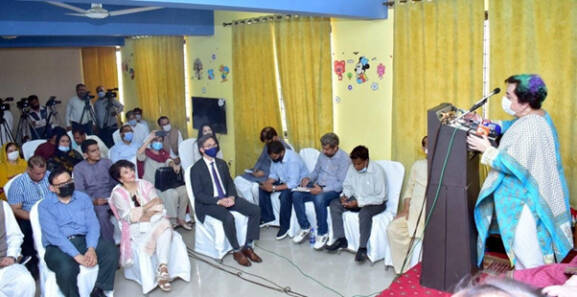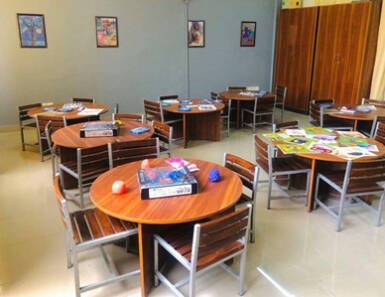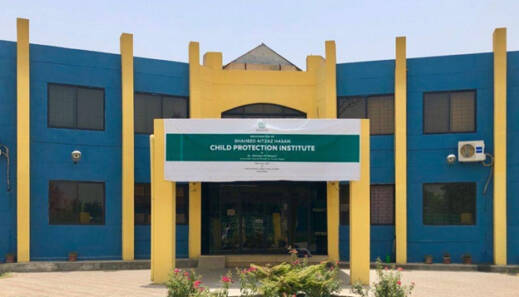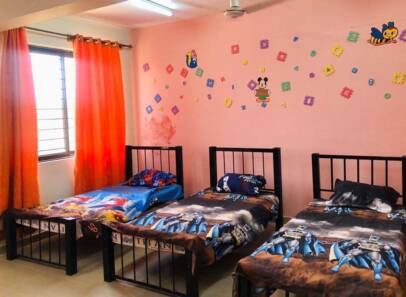South Asia is no stranger to child labor, whether in factories, agriculture, or even industries as dangerous as mining. In fact, the International Labour Organisation (ILO) surveys reported that around 16.7 million South Asian children, within the age range of 5-17 years, are involved in child labor.
16.7 million children, giving up their fundamental rights to education, safety, and most importantly, a childhood.
Efforts are being made in Pakistan to combat this issue. For example, the Ministry of Human Rights actively strives to promote and protect children’s rights across Pakistan.
Inauguration By Dr.Shireen Mazari



On this World Day Against Child Labour, Dr. Shireen Mazari, the Federal Minister for Human Rights, delivered a statement in which she addressed the recent measures taken by “the ministry and emphasized both the physical and psychological effects of child labor”.
“Ensuring the rights of children is a key priority of the incumbent Government, and the new Child Protection Institute is a significant milestone in this concentrated effort to prevent the abuse, injury, and exploitation of children in Pakistan”, she said.



She stressed the importance of reporting such cases on the Ministry of Human Rights Helpline-1099 and the steps to raise public awareness around this issue.
For example,
a Public Service Announcement by Shehzad Roy also released shed light on laws and share educational messages.
Representatives from the Ministry also took part in a live Radio Show Campaign with FM 101 as well. In which they had a live dial-in question and answer session regarding laws on child labor.



To fully grasp the gravity of this issue, however, one must consider the causes for it.
A major contributing factor is household poverty and unemployment. In poverty-stricken families, children are burdened with the expectation to contribute financially.
Poverty, Child Labor Data & Findings
The official poverty rate in Pakistan, as of 2018, was 31.3% due to significant inflation and unemployment. That’s one of the reasons parents don’t send their children to schools too.
This is especially prevalent in larger families, which are more likely to face financial difficulties, and therefore more likely to allow or force their children to work.
Education, or the lack thereof, also plays a vital role in the prevalence of child labour. Not only can most parents not afford schooling, but the generational trend of illiteracy creates a sense of unfamiliarity when it comes to the concept, with many prioritizing skills obtained from labour over traditional education.
The stigma around girls receiving an education due to cultural norms also increases illiteracy and results in further unemployment.
Findings from a UNICEF study states that
‘inequality, which stems from gender, age, socio-economic status, caste/ethnicity, influences the chance of children engaging in child labor, types of work they engage in and severity of exploitation.’
This vulnerability, combined with the tradition of working at a young age in many sub-cultures, makes child labor widespread.



Children who face domestic violence, orphans, and children in families displaced by urban migration are mostly take part in child labor.
Rural to urban migration is prevalent in South Asia;
However, the resultant overcrowding and saturated job market, combined with the new effects of the pandemic on businesses. Increasingly force many into hazardous work conditions and dangerous forms of child labor.
Child labor in South Asia stems from a variety of social and cultural issues. The problem is more deep-rooted than we think, and therefore change has to occur from the grass-root level.
However, positive developments such as the ones taken by our Ministry of Human Rights are commendable. The Shaheed Aitzaz Hasan Child Protection Institute is an important step towards protecting our most vulnerable children from exploitation and neglect. And facilities that constitute their fundamental human rights.
What do you think of the story? Tell us in the comments section below.















